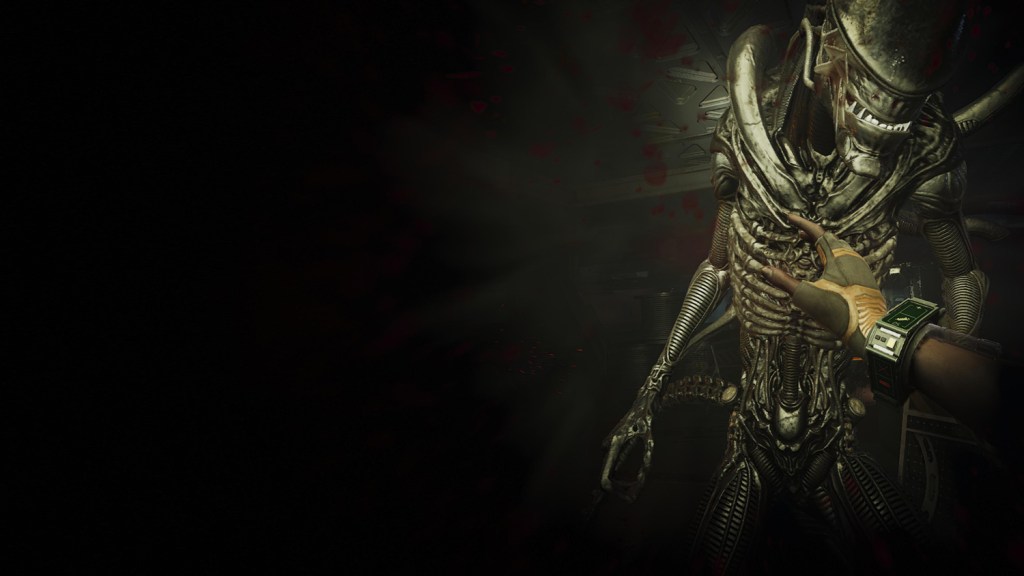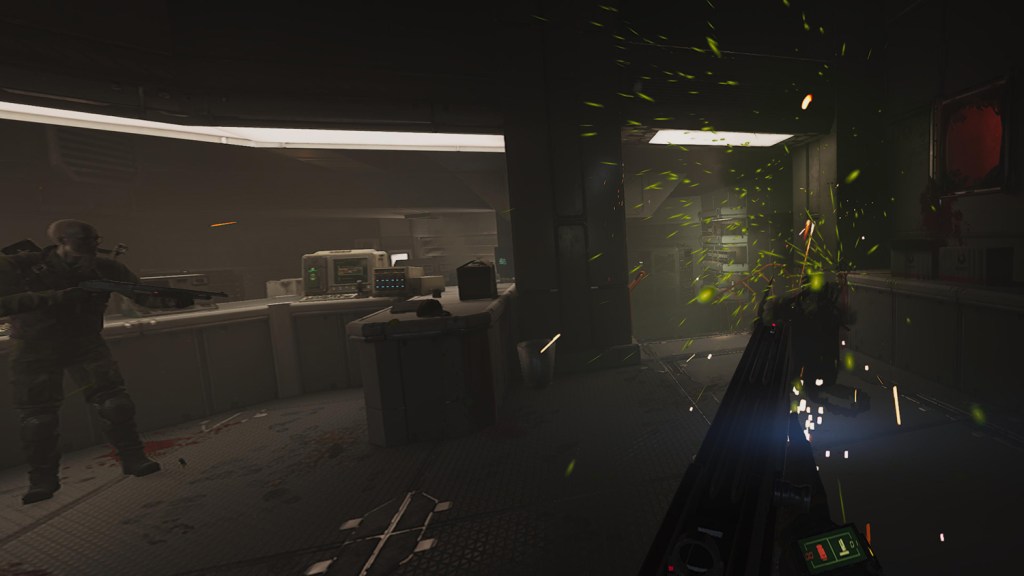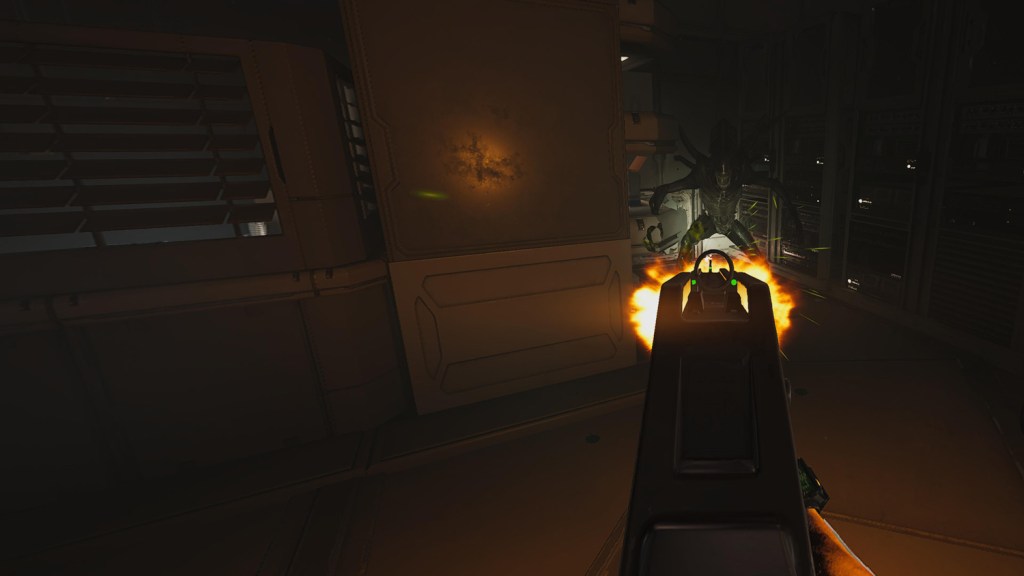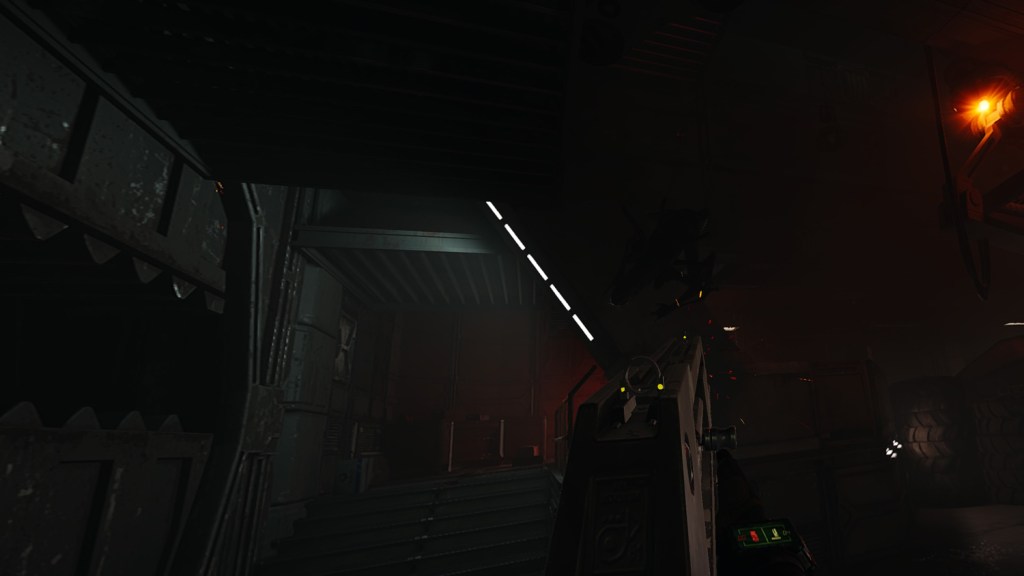Alien: Rogue Incursion review – motion tracking fear
Finally a full-length Alien VR game - but can you survive it?
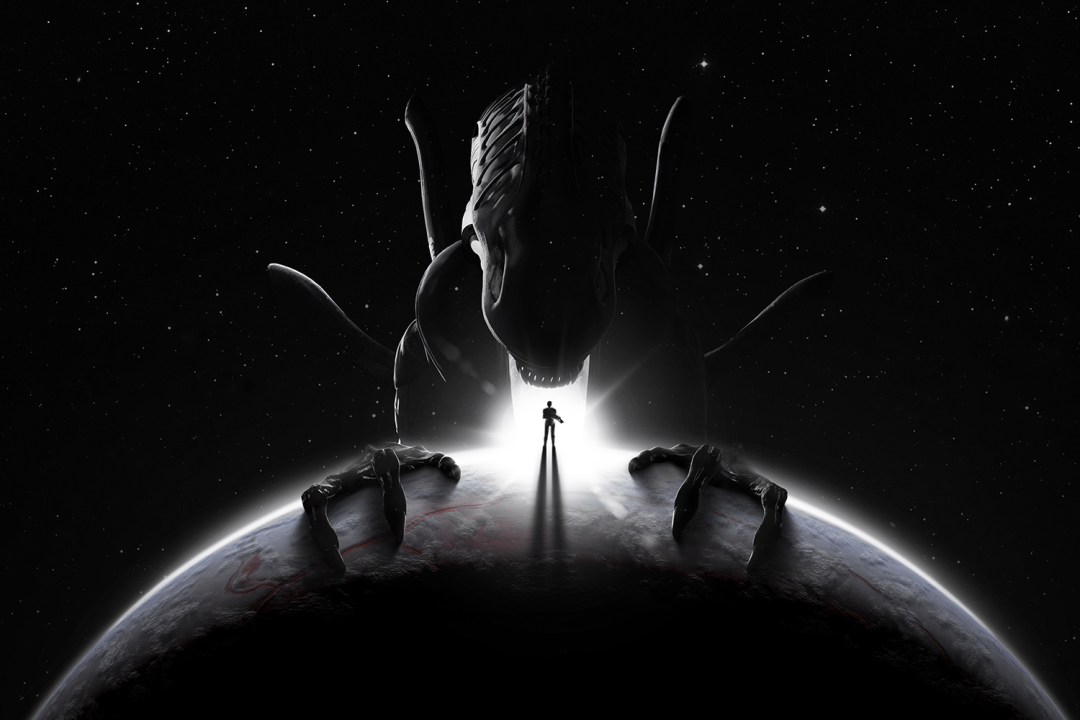
Stuff Verdict
A faithful, ground-up VR Alien experience fans have been waiting for. It’s not as absorbing as Isolation was, but Rogue Incursion still gets plenty right.
Pros
- Faithfully atmospheric setting and hardware
- Engaging variety of full-body tools and weapons
- Davis is a great companion
Cons
- Tracking issues are scarier than the xenomorphs
- Some annoying late-game backtracking
One of the best – and most terrifying – experiences in the Oculus Rift’s early days was a virtual reality take on Alien: Isolation. Amazingly it’s taken an entire decade for seasoned VR devs Survios flesh that concept out into a feature-length game. But the timing couldn’t have been more perfect.
This VR survival action/horror’s arrival coincides with Isolation‘s ten-year anniversary, and follows this summer’s release of the rather excellent Alien: Romulus movie – which took inspiration from Creative Assembly’s cult classic. Alien: Rogue Incursion is something of a different beast, though.
X-ray vision


The title’s use of the singular might conjure associations with Ridley Scott’s original masterpiece, but Rogue Incursion assuredly doesn’t pit you against one (absolutely terrifying) alien that you’re constantly cowering and ill-equipped to deal with. Ex-colonial marine Zula Hendricks is far more battle-ready, which you’ll be thankful for once xenomorphs start crawling out of every vent and flooring grate.
Crash-landing onto uncharted planet Purdan, following a lead on a black site research facility experiment gone horribly wrong, it’s not too long before Zula encounters her first alien. I thought it was a little deflating how HR Giger’s creation appears, fully exposed out in the open, and is easily dispatched with a few rounds of your plasma rifle. Soon enough you’ll be fighting a lot more of them, just like any other enemy type.
That said, once you’re exploring this research facility’s labyrinthian interiors, the atmosphere is still impeccably Alien. You’ll encounter bloody aftermaths where less fortunate souls didn’t make it, and the xenos can often be heard wandering through vents; the series’ iconic motion tracker gives an idea of where they might try to ambush you from.
With a revolver, rifle, shotgun and grenades mounted to different parts of your body, you’re more than equipped to take them down without much issue. There’s plenty of room for stims, too, which you’ll literally be jabbing your arms with to heal yourself.
Early on you also have your partner Davis, a likable synthetic, who’s more than capable with backing you up during xeno encounters. The bond between the characters is also rather sweet in its own way, making for a much less, well, isolating game.
All tooled up


What adds to the feeling of being inside the Alien universe is the sense of physicality with the world, something which Isolation had also done by evoking 1970s hardware rather than more modern sci-fi interpretations. That’s all the more important in VR. There’s the computer hacking device that almost resembles an 1980s brick phone, and the dedicated save station terminals in panic rooms, which are where you access a physical map.
There’s a pleasure to interacting with the various computer terminals you come across, which also require using an old-school joystick to navigate the screen like a mouse, while occasionally you might have to use your other hand to wipe away blood splattered on the display. These terminals also include messages that reveal the backstory of what the staff and crew of this facility were going through before disaster struck, though I found the exchanges between Zula and Davis were already quite engaging. Plus, you don’t really want to be reading messages when xenomorphs suddenly appear.
You’ll also acquire more tools, such as a wire cutter of sorts for rewiring circuit panels to siphon energy to open doors (admittedly a minigame that the game relies on a bit more than you might like) or a blowtorch used to get through doors that had been welded shut. In other words, there’s plenty of engaging ways to interact in this virtual world without just waving your guns around.
The guns themselves are also not without issues. As many are only effective when held with both hands, the hand-tracking doesn’t always play nice if you’re attempting to multi-task (I do not recommend holding a gun in one hand and the motion tracker with the other). I lost count of how many times I met a nasty end to a xenomorph because of hand-tracking issues, where my aim suddenly went wonky. Manual reloading during rights is also a bit of a faff, rather than feeling immersive, and compounded by your remaining ammo only being displayed on the weapon’s side. It’s true to the films, but did these guys not play Halo?
Survive or die


Although this is only part 1, Rogue Incursion doesn’t shortchange you on the story, with Zula’s arc running the gamut of emotions, and Davis feeling like the kind of anchor to keep you from losing your mind. There’s even a reference to Isolation‘s protagonist Amanda Ripley, making this perhaps a narrative bridge between that game and its forthcoming sequel.
The pacing of the campaign however does depend on how you grapple with its checkpointing system. Aside from a couple rare instances in the midpoint, progress is entirely dependent on manual saves. It’s not quite as unbearably tense as the phones in Isolation – you actually have the option to close the door behind you in panic rooms – but I definitely found myself having to replay considerable stretches due to forgetting to save after a bit of exploration that necessitated backtracking only for a costly mistake with a xeno ambush. Then there were a couple of occasions where what felt like a progression bug meant having to restart from the last save point.
Yet saving can also be a double-edged sword, especially in the game’s final stretch – which rather than a climactic sprint, opts to have you take care of objectives that require backtracking through the facility. While I had got by without using the in-game map for most of the campaign, it was here that it transpired the map can be quite confusing to navigate, not helped by seemingly buggy or inaccurate objective markers, which led me backtracking to the wrong areas but where saving then meant having to make a detour from a location I shouldn’t have been backtracking from.
Alien: Rogue Incursion verdict
A decade after the first Alien: Isolation VR demo, Rogue Incursion isn’t that as a full-length game – but there’s always a PC mod for Creative Assembly’s horror for the masochists who want it. It’s also not without issues, though you can also argue the same for some of the divisive design choices in Isolation.
Indeed, if you manage to not go in with the same expectations of Isolation, you’ll better appreciate this for what it is: an action-horror that faithfully immerses you in the Alien universe with its claustrophobic interiors, dark corporate secrets, and tactile hardware. Even if the xenomorphs themselves don’t stand out as much as they should.
Stuff Says…
A faithful, ground-up VR Alien experience fans have been waiting for. It’s not as absorbing as Isolation was, but Rogue Incursion still gets plenty right.
Pros
Faithfully atmospheric setting and hardware
Engaging variety of full-body tools and weapons
Davis is a great companion
Cons
Bad stuff 1
Bad stuff 2
